Having employee recognition in the workplace is essential for a positive work environment and to improve relationships between employees and managers. Of course, that goes far beyond a simple pat on the back, although a pat on the back is always appreciated. Either way, we’re going to explain it in a little more detail in this article.
In general, positive reinforcement is one of the most basic ways of learning anything. Every Psychology student is taught about it in their first weeks in College, for it is one of the more essential concepts we have to integrate if we want to understand the way human being increases or extinguish their behaviors. What is it about? Easy. Positive reinforcement basically consists of receiving some kind of reward for a task we perform, if possible without much time passing between the time we perform the task and the time we receive the reward. The result is that the probability of repeating that type of behavior in the future increases, because implementing it has had positive consequences.
Beyond the basic learning of behaviors through simple positive reinforcement, there is a more sophisticated way to consider this tool in the world of work. This is essential if we want a certain way of working by employees that have produced good results in terms of performance to be sustained over time. Consequently, what we have called positive reinforcements in basic learning would be included in a broader and more diverse set of reinforcements to which we would refer to as employee recognition in the workplace, and it goes a long way toward improving the employee experience of our staff members.
Some examples of employee recognition in the workplace
There are many companies, tasks, objectives, circumstances, and, of course, workers. Therefore, we should adapt the small and large rewards we administer to our team members according to their characteristics, instead of focusing on just one or two forms of employee recognition, which may not always be the best target.
1. Improve working conditions: renegotiate salary, flexible hours according to the employee’s needs, review responsibilities and functions to see if they can be adapted better to the employee’s abilities, merits, and interests.
2. Congratulate verbally: although employee recognition in the workplace should not be limited to words, these are essential so that there is no doubt as to the manager’s appreciation of the employee’s performance. At the end of the day what matters are the bare facts, but things need to be said.
3. Bonuses, prizes and other forms of flexible compensation: as far as possible and in accordance with their job title, many companies reward some of their employees with some kind of gift or material incentives such as a bonus, a trip, a gift, or extra days off.
The advantages of employee recognition in the workplace
The consistent, coherent, and timely use of different forms of employee recognition in the workplace has a number of long-term advantages that should be taken into account, especially if we are responsible for our company’s human capital. Let’s take a look at the main ones.

1. Strengthen the bond between the employee and the company, empowering the employee’s identity with the company and their sense of belonging to it.
2. Strengthen employee commitment to the company, contributing to the overall talent retention strategy. Of course, it is very difficult to have a long-term commitment if the employee’s sense of identity and belonging to the company are weak.
3. Improved employee performance: if we tell employees what we like about their work through different forms of job recognition, we will increase the likelihood of them implementing and retaining efficient practices and can transfer them to others, either informally established learning processes or, at the very least, by imitation.
4. Improving the company’s general work environment: no one works at ease in a company where performance is never enough, when only what is done badly is pointed out but not what is done well, or where shouting, tension, or fights predominate instead of constructive communication.

Join the global leading solution in mental well-being
Trust the leaders
At ifeel, we know that mental health in large companies is a critical component of overall organisational success, driving employee well-being, productivity, and a positive work environment and employee recognition in the workplace plays a key role in this process.
To assist in this process, our team of psychologists specialising in mental well-being has developed a mental well-being program for companies aimed at helping companies enhance employee engagement and boost productivity.
This collaboration allows HR managers to receive personalised, data-based advice on the most effective measures for detecting employee mental health issues and assessing the workplace climate. It’s the best way to understand their needs.
Moreover, ifeel’s corporate mental well-being solution offers employees a structured mental health care service tailored to their needs at any given time.
We hope you found this article on employee recognition in the workplace interesting. If you want more information about our mental well-being solution for companies, simply request it, and we will contact your team soon.









